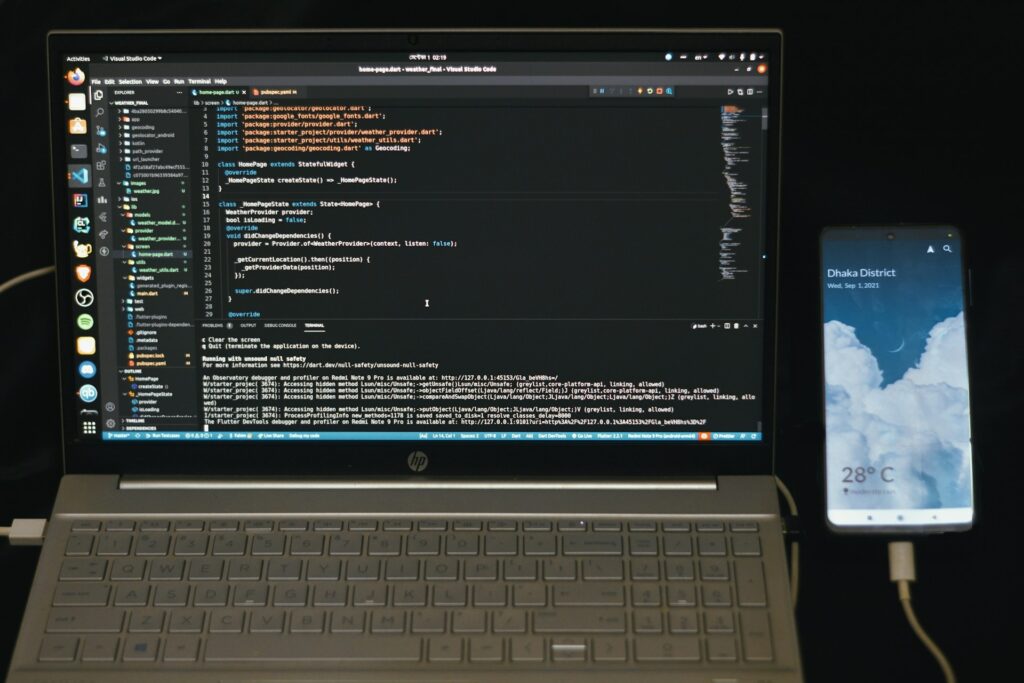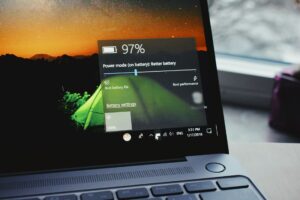Instructions for Transferring Files Between Devices Running Windows and Android

Instructions for Transferring Files Between Devices Running Windows and Android
The built-in capabilities and better cross-device integration of Windows 11 PCs and Android smartphones have made it simpler than ever before to share files across these devices. There are a variety of ways to transfer files, including the conventional approach of using a wired connection and the more modern technique of using a wireless connection, which is faster. You may choose the method that best suits your needs, whether you want to move images, transfer papers, or exchange media files.
1. The Importance of Sharing Files Across Multiple Devices
In the digital lifestyle that we live today, it is not uncommon for us to begin working on one gadget and then continue our work on a different one. Productivity is increased, duplication is reduced, and cooperation is made more seamless when files can be shared quickly.
2. Using Nearby Share, which is Android’s built-in tool
Nearby Share is the Android equivalent of AirDrop, which is Apple’s version of the same technology.
- On your Android smartphone, you should activate the Nearby Share feature.
- On your own computer, you may enable Nearby Sharing by going to Settings, then System, and then Nearby Sharing.
- Choose a file, then right-click on it and choose “Share.” Make your selection for the device you want to use with your Android.
- This is ideal for files of a modest size, since it is wireless and quick.
3. Utilizing Microsoft’s Phone Link Application
Android is strongly integrated with Windows 11 via the Phone Link application.
- Install the Phone Link application on your personal computer, and then install the Link to Windows application on your phone.
- Use the QR code to pair them together.
- You will be able to drag and drop files, look at pictures, and even have access to communications once you are connected.
- When it comes to transferring files on a regular basis, this is the most suitable choice.
4. Connection via USB Cable
On sometimes, the easiest approach continues to be the most effective one:
- Using a USB cable, connect your Android phone to your computer.
- When you are on the phone, you should choose the File Transfer (MTP) option.
- To access files on Windows, use File Explorer.
- When it comes to transferring huge data, such as movie files, USB transfers are a dependable method.
5. Cloud Storage Services
For continuous access, cloud-based synchronization is an ideal option:
- You may use Google Drive, OneDrive, or Dropbox for this.
- You may upload from one device and then immediately access it on another.
- This approach is ideal for both team cooperation and long-term storage purposes.
6. Using Bluetooth to Transfer Files
Bluetooth is slower than Wi-Fi, yet it is still a valuable tool to have when Wi-Fi is not available:
- Activate the Bluetooth function on both of the devices.
- Put them together as a pair.
- You may send or receive files by using the Send a File or the Receive a File options.
7. Selecting the Best Approach
Transfers of data that are performed on a regular basis at a rapid rate using wireless technology (Nearby Share/Phone Link)
- USB cable: Transferring large files
- Cloud storage provides cross-device synchronization and backups.
- Bluetooth: When it is not possible to access the internet, it is used to share files offline.
8. Finding Solutions to Typical Problems
- The file is not displayed when accessed using USB: Set the USB mode to “File Transfer” in the settings.
- Nearby Share is not functioning properly: Make sure that both devices are connected to the same Wi-Fi network.
- Problems with Phone Link: Attempt to re-pair the device or reset permissions.
9. Suggestions for Effective File Sharing
- In order to get better wifi rates, it is recommended that you use Wi-Fi 5 or a more recent version of the technology.
- In order to ensure that synchronization is smooth, cloud applications should be kept up to date.
- In order to prevent clutter from accumulating, keep shared files organized.
There are now more choices for exchanging files than there have ever been before, since Windows 11 and Android are now more seamlessly integrated than they have ever been before. Regardless of whether you like the ease of wireless transfers or the dependability of cable transfers, these solutions guarantee that you will be able to transfer information across devices without difficulty.




